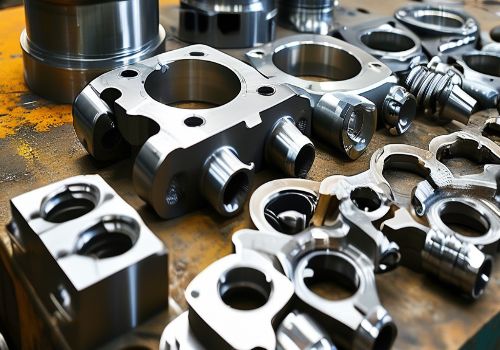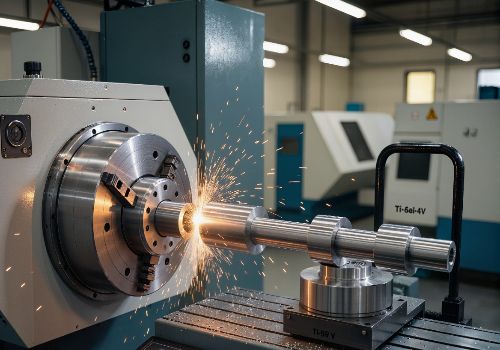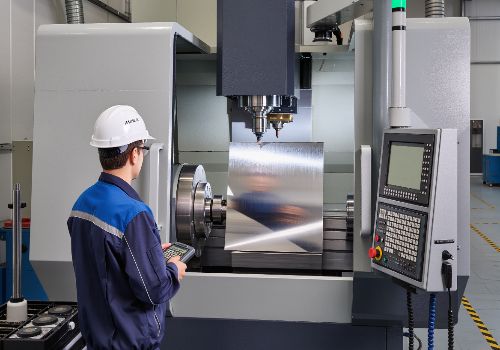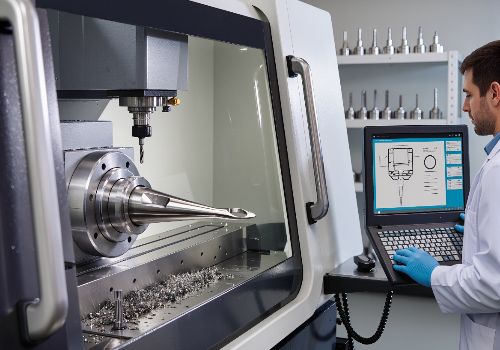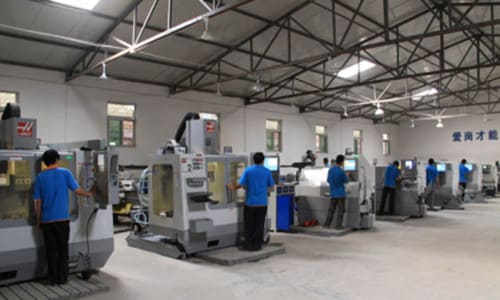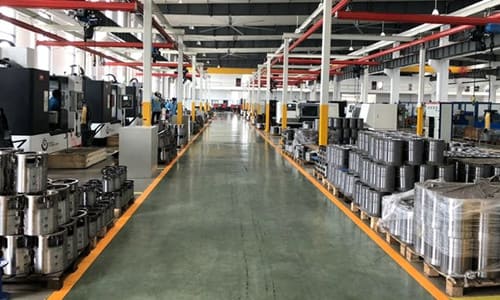Introduction: The Art and Science of CNC Job Pricing
Determining the right price for CNC machining jobs is one of the most critical yet challenging aspects of running a successful machine shop. Price too high, and you risk losing bids to competitors; price too low, and you undermine your profitability and long-term sustainability. The global CNC machining market, projected to reach $128.85 billion by 2030, demands sophisticated pricing strategies that account for numerous variables beyond simple machine time calculations.
Effective CNC job pricing requires balancing multiple factors: material costs, machine time, labor, overhead, and the value you provide to customers. This comprehensive guide will walk you through proven methodologies and practical strategies to develop a pricing structure that ensures profitability while remaining competitive in today’s dynamic manufacturing landscape.
Understanding the Core Components of CNC Pricing
Machine Time: The Foundation of Your Quote
Machine time, often called cycle time, forms the backbone of most CNC machining quotes. However, simply multiplying hours by an hourly rate overlooks critical nuances in modern manufacturing.
Key considerations for machine time pricing:
-
Machine category rates: 3-axis mills ($35-75/hour), 5-axis mills ($75-150/hour), multi-axis turn-mill centers ($90-200/hour)
-
Setup and teardown time: Including programming, fixture preparation, and machine calibration
-
Non-cutting time: Tool changes, pallet rotation, and in-process measurement
-
Machine utilization efficiency: Factoring in typical 75-85% utilization rates in job shop environments
Material Costs: Beyond Raw Stock Prices
Material pricing extends beyond the initial purchase cost of raw stock and requires careful calculation to ensure all related expenses are captured.
Material cost components:
-
Raw material purchase price with volume discounts factored in
-
Material waste percentage: Typically 15-30% depending on part complexity
-
Material handling and storage costs: Often 5-8% of material value
-
Scrap value recovery: Subtracting potential recycling income from non-recoverable waste
Labor Costs: Accounting for Human Expertise
While CNC machining is highly automated, skilled labor remains essential for programming, setup, operation, and quality control.
Labor cost elements:
-
Programming and CAM time: $45-85/hour depending on engineer expertise
-
Machine setup labor: $25-45/hour for technician time
-
Operational monitoring: Even automated processes require oversight
-
Post-processing and finishing: Deburring, cleaning, and surface treatment labor
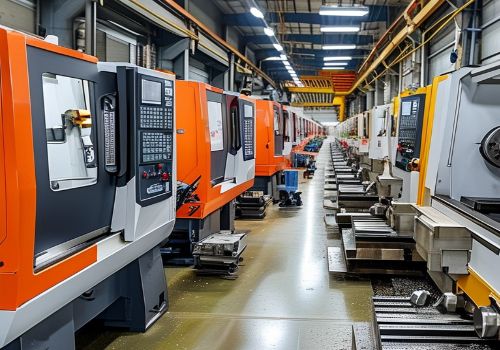
Advanced Pricing Methodologies for CNC Shops
Cost-Plus Pricing: The Traditional Approach
Cost-plus pricing involves calculating all direct costs and adding a predetermined markup percentage to ensure profitability.
Cost-plus calculation formula:
Total Price = (Machine Time Cost + Material Cost + Labor Cost + Outside Services) × (1 + Markup Percentage)
Typical markup ranges:
-
Prototype/short-run jobs: 25-40% markup
-
Production quantities: 15-25% markup
-
Strategic/long-term contracts: 10-20% markup
Value-Based Pricing: Capturing Your True Worth
Value-based pricing shifts focus from costs to the perceived value delivered to the customer, particularly effective for specialized capabilities.
When to use value-based pricing:
-
Proprietary processes or unique technical capabilities
-
Urgent turnaround situations where time sensitivity creates value
-
Complex problem-solving that prevents customer production delays
-
Certified quality systems (AS9100, ISO 13485) that justify premium pricing
Competitive Market Pricing: Staying Relevant
Understanding your competitive landscape ensures your pricing remains attractive while maintaining profitability.
Market pricing strategies:
-
Tiered positioning: Premium, standard, and value service levels
-
Geographic considerations: Regional pricing variations based on local competition
-
Niche specialization: Premium pricing for specialized industry expertise
-
Volume-based adjustments: Strategic discounts for high-volume opportunities
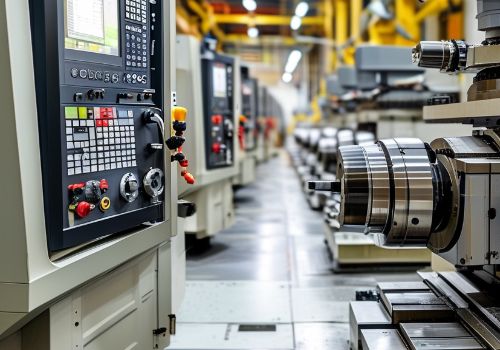
Calculating Your True Operating Costs
Comprehensive Overhead Allocation
Many shops underestimate their true overhead costs, leading to underpricing and eroded profit margins.
Overhead cost categories:
-
Facility costs: Rent, utilities, maintenance, and property taxes
-
Equipment expenses: Machine payments, maintenance contracts, tooling
-
Administrative costs: Sales, quoting, accounting, and management
-
Support resources: Quality control, shipping, and inventory management
Developing Accurate Hourly Machine Rates
Your machine hour rate should reflect both direct costs and allocated overhead to ensure full cost recovery.
Machine rate calculation method:
Hourly Rate = (Annual Machine Costs + Allocated Overhead) ÷ (Annual Billable Hours × Utilization Rate)
Sample 3-axis machining center calculation:
-
Annual machine costs: $45,000 (payment, maintenance, tooling)
-
Allocated overhead: $35,000 (facility, admin, support)
-
Annual billable hours: 1,800 (75% of 2,400 available hours)
-
Hourly rate: ($45,000 + $35,000) ÷ 1,800 = $44.44/hour
Strategic Pricing Considerations for Different Job Types
Prototype and Short-Run Pricing
Low-quantity jobs require different pricing strategies to account for disproportionate setup and programming costs.
Prototype pricing approaches:
-
Minimum job charge: $150-500 to cover fixed setup costs
-
Enhanced setup fees: Detailed accounting of programming and fixture time
-
Expedited service premiums: 25-100% surcharge for rush turnaround
-
Package pricing: Bundled services (design, prototyping, testing) at premium rates
Production Run Economics
High-volume production allows for amortizing setup costs across multiple parts, creating opportunities for strategic pricing.
Production pricing strategies:
-
Volume breakpoints: Tiered pricing at 50, 100, 500, and 1,000+ quantities
-
Learning curve adjustments: 5-15% cost reduction for extended runs
-
Tooling amortization: Spreading custom tooling costs across production quantities
-
Long-term agreement incentives: 5-10% discount for committed volume
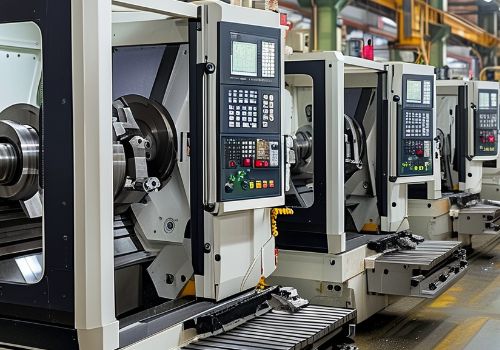
Technology-Enabled Pricing Solutions
Automated Quoting Systems
Modern manufacturing software can dramatically improve quoting speed and accuracy while ensuring consistent pricing practices.
Automated quoting benefits:
-
Standardized cost databases: Consistent material and machine time calculations
-
Historical data integration: Leveraging past job performance for future quotes
-
Instant customer quoting: Web-based interfaces for simple part geometries
-
Margin protection: Automatic minimum margin enforcement
Real-Time Cost Monitoring
Implementing shop floor monitoring systems provides actual performance data to refine future quotes.
Cost monitoring advantages:
-
Actual vs. estimated analysis: Identifying consistent quoting inaccuracies
-
Machine efficiency tracking: Real-time productivity measurement
-
Material usage verification: Confirming waste percentage assumptions
-
Labor productivity metrics: Optimizing workforce allocation
Common Pricing Mistakes and How to Avoid Them
Critical Pricing Errors
Many machine shops repeatedly make the same pricing mistakes that undermine their profitability.
Frequent pricing pitfalls:
-
Underestimating setup time: Particularly for complex first-time parts
-
Ignoring tooling consumption: Failing to account for tool wear in cycle time
-
Overlooking administrative costs: Quoting, order processing, and accounting time
-
Discounting without strategy: Eroding margins without volume commitments
Strategies for Pricing Accuracy
Implementing systematic approaches can dramatically improve quoting precision and profitability.
Accuracy improvement tactics:
-
Checklist-based quoting: Ensuring all cost elements are considered
-
Historical job analysis: Regular review of estimated vs. actual job costs
-
Competitive intelligence: Understanding market rates without blind matching
-
Customer profitability ranking: Focusing on high-margin client relationships
Case Study: Implementing Strategic Pricing
Background: A mid-sized job shop with $2.5M annual revenue was experiencing 4-5% net profit margins despite high equipment utilization and capable workforce.
Pricing transformation implemented:
-
Comprehensive cost analysis: Calculated true machine rates including all overhead
-
Tiered service offerings: Developed good-better-best pricing levels
-
Value-based positioning: Highlighted technical expertise and quality certifications
-
Strategic account management: Identified and nurtured high-value customers
Results after 12 months:
-
Net profit margin increase: 4.2% to 9.8%
-
Revenue per employee: +18%
-
Customer satisfaction: 15% improvement despite selective price increases
-
Quote win rate: Maintained at 28% with higher-quality opportunities

Creating Your Customized Pricing Strategy
Developing Your Pricing Framework
A structured approach to pricing ensures consistency and profitability across your organization.
Pricing framework elements:
-
Standard rate cards: Baseline pricing for common services and materials
-
Quote approval workflow: Tiered authority based on discount levels
-
Customer segmentation: Differentiated pricing strategies by customer type
-
Regular price reviews: Scheduled adjustments for material and labor cost changes
Implementing and Communicating Price Changes
Strategic price implementation minimizes customer friction while protecting margins.
Price change best practices:
-
Advanced notification: 30-60 day notice for existing customers
-
Value justification: Clear communication of service improvements
-
Grandfathering options: Temporary protection for strategic accounts
-
Alternative solutions: Lower-cost options for price-sensitive customers
Conclusion: Mastering the Business of CNC Machining
Effective CNC job pricing is both an analytical exercise and a strategic business decision. By understanding your true costs, recognizing the value you deliver, and implementing structured pricing methodologies, you can transform your quoting process from a guessing game into a competitive advantage.
Remember that successful pricing isn’t about being the cheapest option—it’s about being the right partner for your target customers. The most profitable machine shops combine technical excellence with business acumen, ensuring they’re compensated appropriately for their expertise, equipment investment, and the value they create for their clients.
Ready to optimize your CNC machining pricing strategy? Contact our manufacturing business experts to develop a customized pricing approach that maximizes your profitability.
About the Author: DO Machining has been providing precision CNC machining services for over many years, serving industries ranging from aerospace to medical devices. Our expertise in manufacturing economics helps clients develop pricing strategies that ensure long-term business sustainability and growth.

